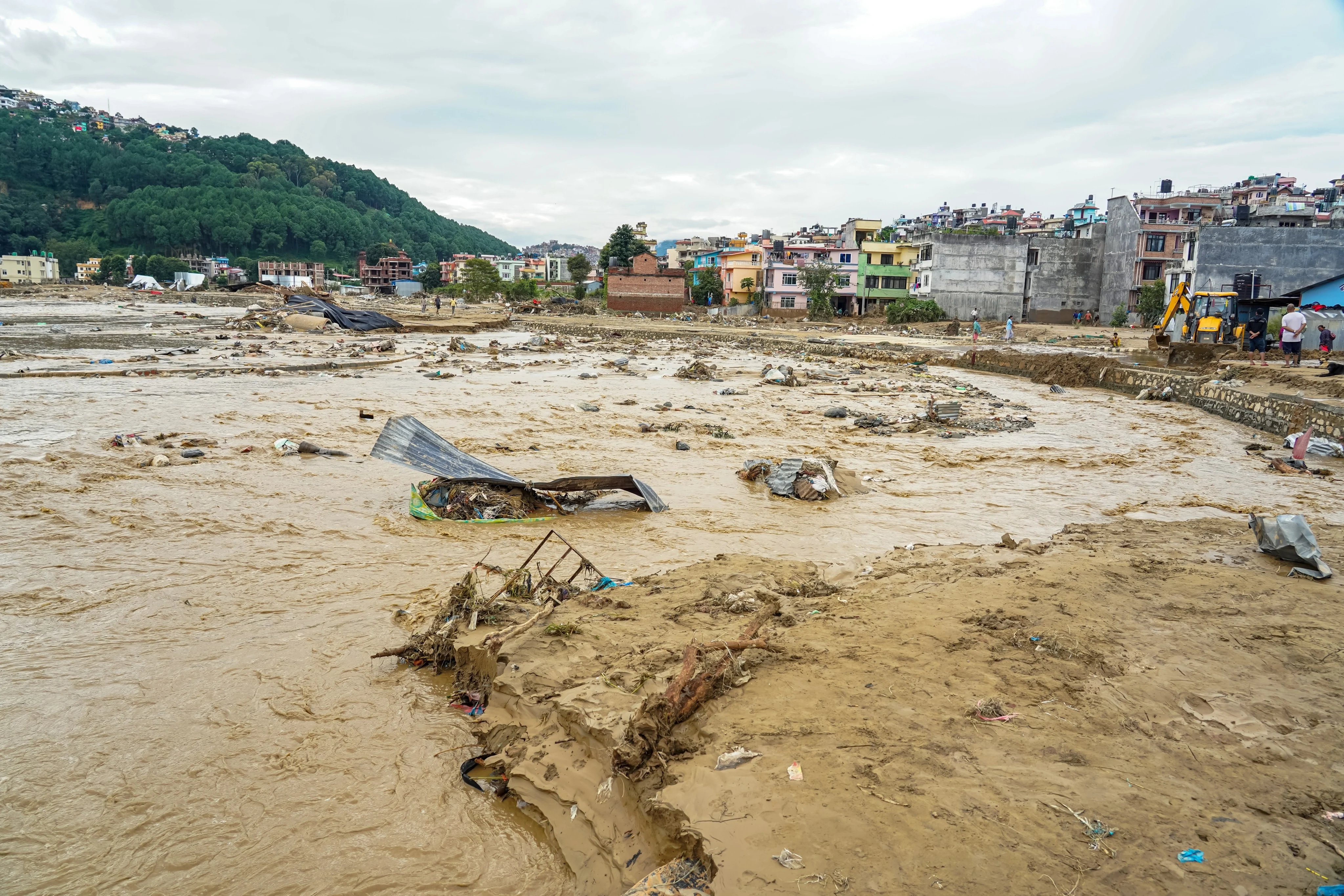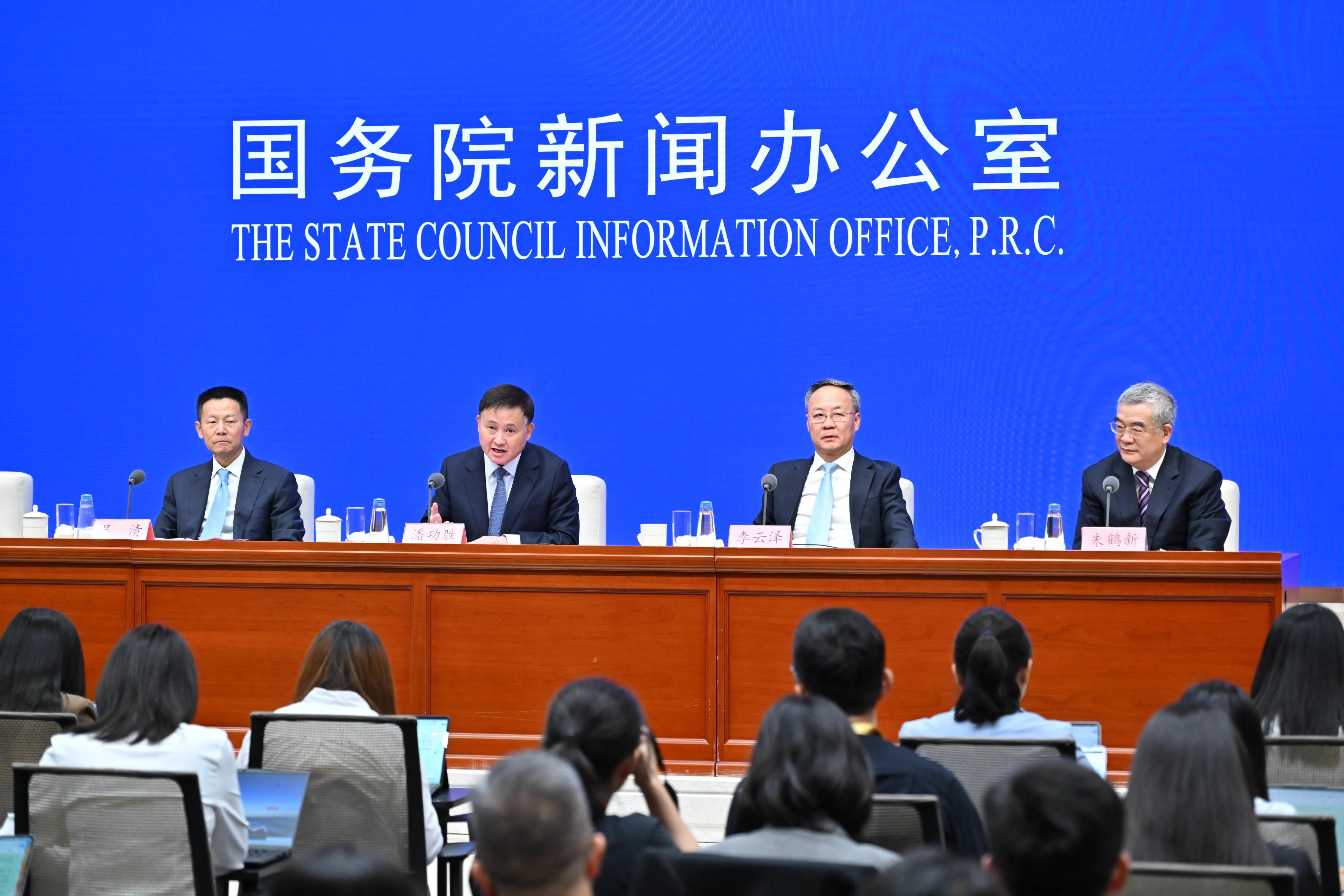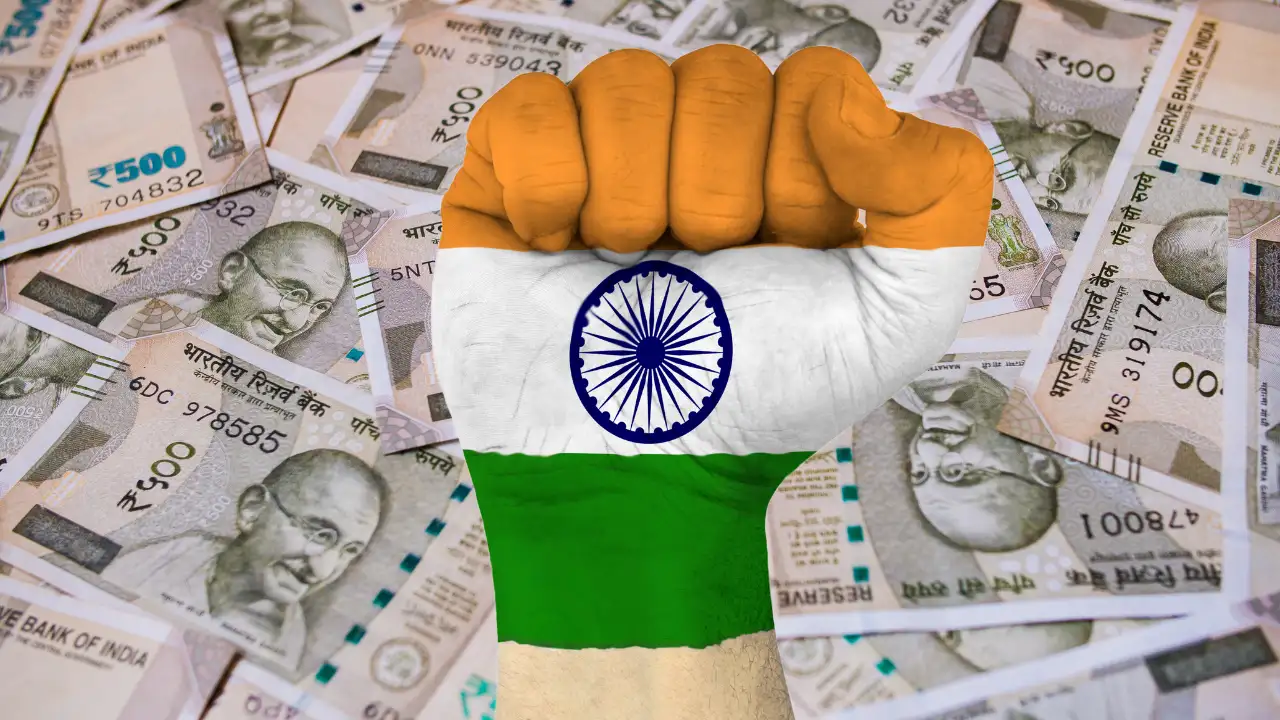Energy Asia 2025 opening addresses set tone for discussions on tailored transition strategies
By Morning Studio editors
Copyright scmp

The global energy transition is an urgent necessity. But the global think tank and NGO World Economic Forum has warned that many challenges, including geopolitical conflicts, supply chain disruptions and economic volatility, have hampered the collective efforts of countries to reach the global goal of net zero – where harmful greenhouse gas emissions are balanced by removing the same amount from the atmosphere – by 2050.
Such delays will only worsen the present-day consequences of climate change, which include extreme weather events such as hurricanes, tornadoes, heatwaves and torrential rainfall, as well as worsening air quality, widespread water scarcity and the loss of environmental biodiversity.
The frequency and severity of these events are already generating significant economic losses worldwide. Between 2014 and 2023, nearly 4,000 climate-related events cost the global economy US$2 trillion – including US$451 billion lost during 2022 and 2023 – the International Chamber of Commerce reported last year, which makes the economic case for transition undeniable.
About three-quarters of all greenhouse gas emissions still stem from the energy sector, according to UN figures, underscoring the importance of reform. While global clean energy spending hit about US$1.8 trillion in 2023, it will need to nearly double to US$4.5 trillion each year by the early 2030s to align with the net-zero goal. Therefore, a systemic transformation of how energy is produced, distributed and consumed is needed.
Why Asia’s transition will lead to global success
The Asia-Pacific region is home to 60 per cent of the world’s population, about 4.3 billion people, UN figures show. This vast population, which includes three of the top five global economic powers – China, India and Japan – is driving unprecedented energy demand through rapid urbanisation and industrialisation.
Consequently, the region accounts for over half of energy-related carbon emissions, which makes Asia’s energy choices an important factor for global climate success. This gives the region opportunities to demonstrate strategies for an equitable global energy transition.
However, present investment in the region associated with the energy transition is low. While China tops the global investment, with 48 per cent of US$2 trillion total, emerging and developing economies across Asia require a massive increase in funding so they can align with global climate goals. Southeast Asia, in particular, which has attracted only about 2 per cent of global clean-energy investment in recent years, will require nearly US$190 billion annually by 2035 to meet its targets.
Leaders call for collaborative action
The key question facing Asia, of how it can meet its climate goals without sacrificing energy security or equitable development, was the key message conveyed during the launch session at Energy Asia 2025 last June, which opened three days of dialogue focused on how the region can accelerate clean energy pathways.
The event, organised by the Malaysian energy company Petronas, was held to inspire feasible, collaborative and inclusive solutions to help the region accelerate the adoption of sustainable energy practices.
Over 4,000 people attended the forum, with the theme of “Delivering Asia’s Energy Transition”, held at the Kuala Lumpur Convention Centre in Malaysia. The forum included an “Energy Park” exhibition, where innovators showcased their breakthrough technologies and immersive experiences.
More than 180 speakers, including industry leaders and energy experts, took part in over 150 sessions during the forum to share their insights into how the region’s emerging and developing economies can collaborate to increase their sustainable clean energy practices.
One of the key messages to come from the opening addresses was the need to diversify the energy mix with pragmatism. Decarbonisation efforts that ignore the needs of the under-represented community risk deepening inequality.
“Ensuring universal access to affordable, reliable energy is not just a moral imperative; we accept [it] is foundational to a just energy transition,” Malaysian Prime Minister Anwar Ibrahim said during the opening ceremony.
He argued that the transition must be anchored in equity. “Fossil fuels still account for nearly 80 per cent of global supply and it would be ridiculous to assume that we must part from this traditional dependence without giving [the] opportunity for us to grow confidently,” Anwar said.
This reality requires a diversified, practical strategy. “Nations must build a more balanced portfolio of both low-emission options and emissions-abated fuels to bolster energy resilience across different economies and use cases,” said Tengku Muhammad Taufik, president and group CEO of Petronas, and chairman of Energy Asia.
“This means lower emissions barrels, sustainable aviation fuels and other biofuels [such as] liquefied natural gas, hydrogen, solar and wind energy, carbon capture – everything will be required.”
What both leaders called for is being put into action. Anwar outlined Malaysia’s plan, such as the Carbon Capture, Utilisation and Storage Bill 2025, which provides the necessary regulations for carbon capture, while Petronas is driving the development of three carbon capture and storage hubs involving international partners.
A second key message from the addresses was the need to attract more energy investment. “To address Asia’s growth ambitions even as it aims to achieve net zero, US$88.7 trillion in energy investment will be needed until 2050,” Taufik said. “I would argue that investment and spending across both conventional and renewable energy systems continue to be required.”
He also called for strong cooperation between governments and different stakeholders. “Governments, financial institutions and industries must work together to implement policies and frameworks that help unlock capital for energy projects, especially in emerging and developing economies where it is most needed,” he said. “With demand already outpacing supply in 2024, we must do so more urgently than ever.”
Anwar reinforced this view and added: “In 2023, Southeast Asia attracted only 2 per cent of global clean energy spending, a stark contrast for a region endowed with immense potential in renewable energy.”
He also outlined the specific mechanisms that Malaysia has been using to address this gap, such as the Corporate Renewable Energy Supply Scheme, which allows companies to procure clean energy via the national grid, and the Green Technology Financing Scheme to incentivise investment.
Regional collaboration was the third key message that Anwar and Taufik emphasised.
“The global community has proven it can overcome global crises together with a united front,” Taufik said. “We must all do this together if we are to bring forth our common energy future.”
Anwar highlighted the tangible policy action taken by the 10 nations that are members of the Association of Southeast Asian Nations (Asean) at May’s 46th Asean Summit. “We took a significant step forward by accelerating the Asean Power Grid [APG] initiative through an enhanced memorandum of agreement and the establishment of a dedicated APG financing facility network,” he said.
Commitment to regional interconnection was essential to implement broader frameworks, Anwar said. “The Asean Carbon Capture and Storage Deployment Framework and Roadmap is aimed at streamlining policies and facilitating the flow of capital and carbon across borders,” he said.
Taufik reinforced Asia’s vital role in global energy transformation. “There is no net zero without Asia achieving net zero,” he said. This phrase serves as the foundation upon which the entire Energy Asia 2025 initiative is built.
The importance of the three key messages highlighted during the event – diversification, investment and collaboration – cannot be underestimated. Nor can the need for urgent action. The challenge now is to move on from defining this ambition and actually deliver Asia’s energy transition.
Read more about the insights raised during the forum’s three days of thought leadership discussions in the next Energy Asia 2025 article.



